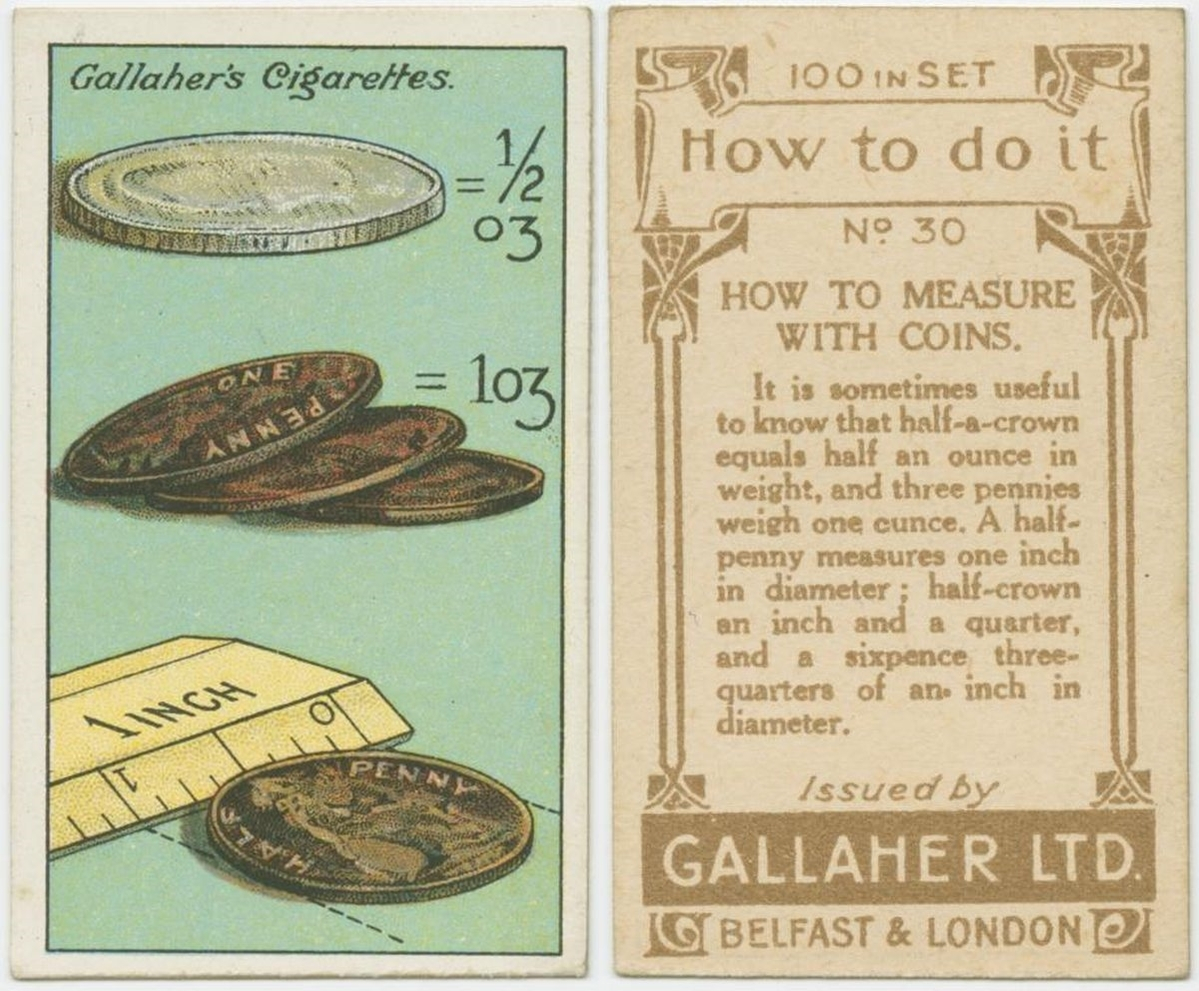@YQQ said:
Why are Canadian large decimal cents from 1858 to 1920 exactly ONE inch in Diameter or 25.4 mm?
Are there other exactly 1 Inch coins like that? is there a specific reason attributed to that?
One of your questions: The Canadian coins inherited their size from the British bronze halfpenny. They were originally at par.
Could you imagine catching a square coin at the wrong angle in you pants pocket? OUCH!
@YQQ said:
Have a question of a different kind:
Why are most coins in the world made as Round ( circular) coins?
Why not in other forms, like square, which would probably overall be cheaper to make and with less original metal waste?
Does a complete set of Bob Hughes business cards exist?
Retired Collector & Dealer in Major Mint Error Coins & Currency since the 1960's.Co-Author of Whitman's "100 Greatest U.S. Mint Error Coins", and the Error Coin Encyclopedia, Vols., III & IV. Retired Authenticator for Major Mint Errors for PCGS. A 50+ Year PNG Member.A full-time numismatist since 1972, retired in 2022.
@YQQ said:
Have a question of a different kind:
Why are most coins in the world made as Round ( circular) coins?
Why not in other forms, like square, which would probably overall be cheaper to make and with less original metal waste?
Perhaps a more difficult shape is better, to make it harder for the counterfeiters.
It may be that there is another thread which addresses this subject, but I would certainly appreciate an expert weighing in on why the 1945 (and to a lesser extent, the 1944) Philadelphia mint dimes are so infrequently found with full bands. The top level answer is of course that the reverse dies were used well past the point of having full center bands, likely a consequence of the war, but what I find perplexing is the availability of full banded examples for those two years from the Denver and San Francisco branch mints (especially the former). I recall reading somewhere that the Philadelphia mint supplied the other two locations with dies (into which the branch would insert the mint mark), which (if I am correct) would suggest they got the good dies and Philly didn't retain any for its own use. There must be a back story to all this, so would welcome any information/speculations/data/etc. anybody wants to add.
@YQQ said:
Why are Canadian large decimal cents from 1858 to 1920 exactly ONE inch in Diameter or 25.4 mm?
Are there other exactly 1 Inch coins like that? is there a specific reason attributed to that?
As I recall, French 10 Centimes of the second half of the 19th Century were exactly 30 mm or 3 cm so that they could be used as a measuring device.
Numismatist. 54 year member ANA. Former ANA Senior Authenticator. Winner of four ANA Heath Literary Awards; three Wayte and Olga Raymond Literary Awards; Numismatist of the Year Award 2009, and Lifetime Achievement Award 2020. Author "The Enigmatic Lincoln Cents of 1922," due out late 2025.
Comments
One of your questions: The Canadian coins inherited their size from the British bronze halfpenny. They were originally at par.

Pacific Northwest Numismatic Association
Could you imagine catching a square coin at the wrong angle in you pants pocket? OUCH!
Here's my numismatic mystery: where are any 1878-cc chopmarked trade dollars ?!
Minor Variety Trade dollar's with chop marks set:
More Than It's Chopped Up To Be
Does a complete set of Bob Hughes business cards exist?
Who buys all the MS63 & MS64 Morgans?
The supply is endless. Somehow it doesn't seem like there's enough investor/collectors to soak them all up.
Whether the $25 territorial gold stolen from the US Mint cabinet will ever be found. (It's in my old Red Books.)
Perhaps a more difficult shape is better, to make it harder for the counterfeiters.
Easier to letter or reed the edge?
Numismatics is full of mysteries. That is what keeps the hobby interesting
Dead Cat Waltz Exonumia
"Coin collecting for outcasts..."
Probably melted way over a hundred years ago.
When will a 1964D Peace Dollar (a real one) appear.... and how long will it take for it to be confiscated. Cheers, RickO
Agreed. We know that there are some of them out there.
I knew it would happen.
It may be that there is another thread which addresses this subject, but I would certainly appreciate an expert weighing in on why the 1945 (and to a lesser extent, the 1944) Philadelphia mint dimes are so infrequently found with full bands. The top level answer is of course that the reverse dies were used well past the point of having full center bands, likely a consequence of the war, but what I find perplexing is the availability of full banded examples for those two years from the Denver and San Francisco branch mints (especially the former). I recall reading somewhere that the Philadelphia mint supplied the other two locations with dies (into which the branch would insert the mint mark), which (if I am correct) would suggest they got the good dies and Philly didn't retain any for its own use. There must be a back story to all this, so would welcome any information/speculations/data/etc. anybody wants to add.
Thanks.
Where are the mint state Strawberry Leaf Large Cents?
As I recall, French 10 Centimes of the second half of the 19th Century were exactly 30 mm or 3 cm so that they could be used as a measuring device.